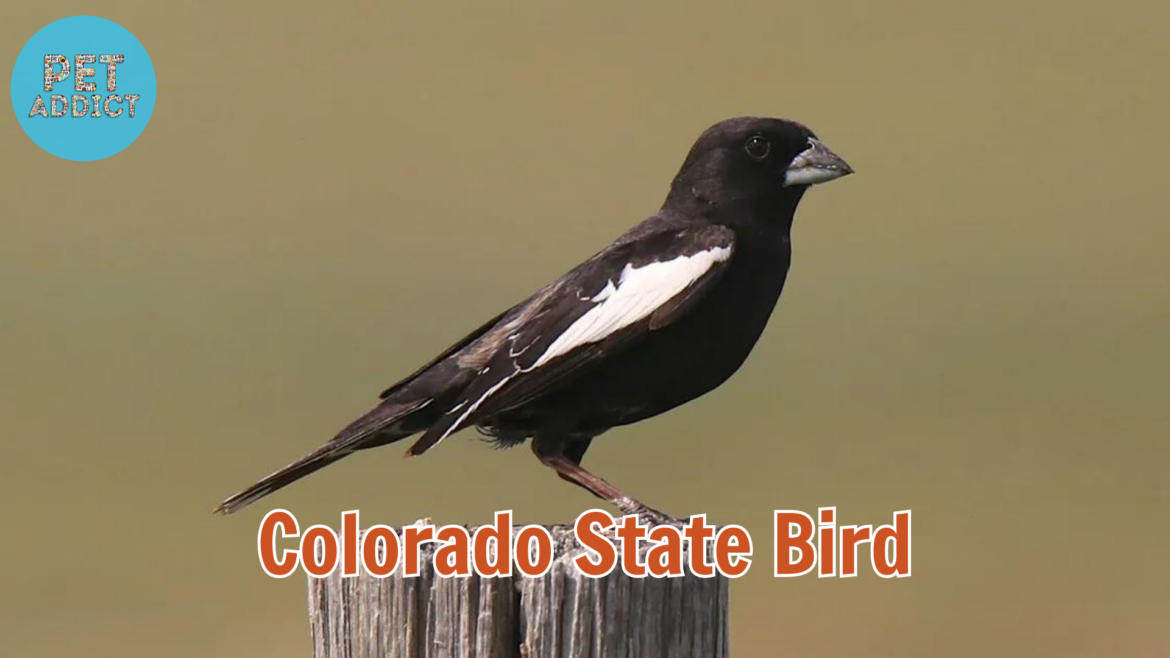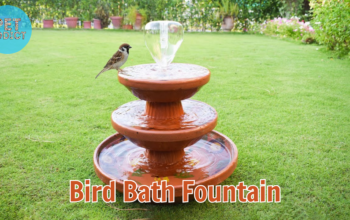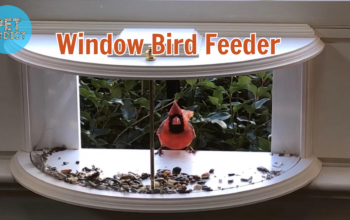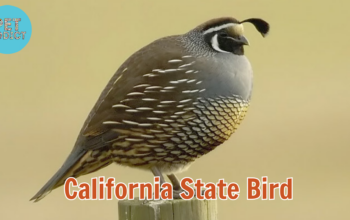Nestled within the rugged beauty of the Rocky Mountains and expansive plains, the state of Colorado boasts a rich tapestry of wildlife. Among its natural treasures, one bird soars above the rest – the Lark Bunting (Calamospiza melanocorys). With its distinctive appearance and captivating behaviors, the Lark Bunting holds a special place in the hearts of Coloradans. This article embarks on an exploration of Colorado state bird, uncovering its unique features, habitat, behavior, and its significance to the state’s natural heritage.
PetAddict.net – The best place where you can find everything about your pet!
A Monochrome Marvel
Distinctive Plumage: The Lark Bunting is known for its striking plumage, with males adorned in deep black and white colors during the breeding season.
Seasonal Transition: As winter approaches, the vibrant breeding colors fade, and both males and females sport a more subdued appearance.
Medium-sized Avian: With an average length of 5.5 to 6 inches, Lark Buntings embody an elegant yet approachable stature.
Habitat and Distribution
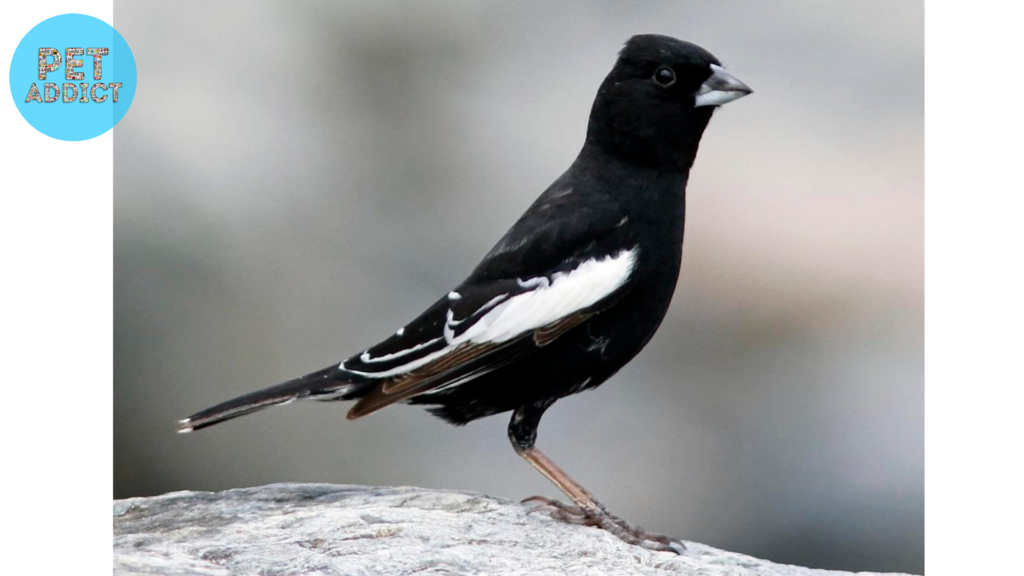
Grassland Dwellers: These birds thrive in open grasslands, prairies, and sagebrush habitats, which are emblematic of Colorado’s expansive landscapes.
Western Presence: Colorado serves as a vital part of the Lark Bunting’s range, reflecting the bird’s close association with the American West.
Migration Patterns: Lark Buntings undertake remarkable migrations, journeying between their breeding grounds in North America and wintering areas in Mexico.
Behavior and Vocalizations
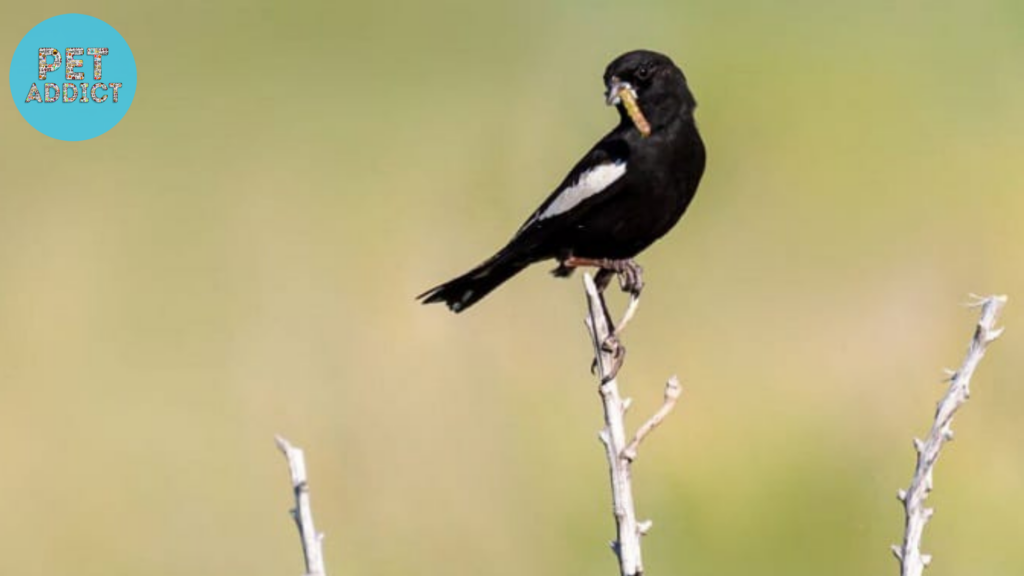
Songful Performers: Males produce melodious songs during the breeding season, creating a symphony of sounds that fill the grasslands.
Diet Diversity: Their diets consist of insects and seeds, reflecting their adaptability to the varied resources of their habitats.
Social Natures: These birds often gather in flocks, creating a dynamic and communal presence in their grassland homes.
Cultural Significance

State Emblem: The Lark Bunting was designated as the official state bird of Colorado in 1931, solidifying its role as a symbol of the state’s natural beauty.
Avian Inspiration: The Lark Bunting’s presence has inspired artists, photographers, and nature enthusiasts, contributing to Colorado’s vibrant artistic community.
Conservation and Habitat: As Coloradoans cherish the Lark Bunting as their state bird, they express their commitment to preserving the grasslands that these birds call home.
Conservation Efforts
Stable Populations: Lark Bunting populations are relatively stable, thanks to conservation efforts that prioritize the protection of their grassland habitats.
Habitat Protection: Conservation organizations collaborate to safeguard the open spaces that these birds rely on for breeding, nesting, and foraging.
Safeguarding Colorado’s Grassland Jewel
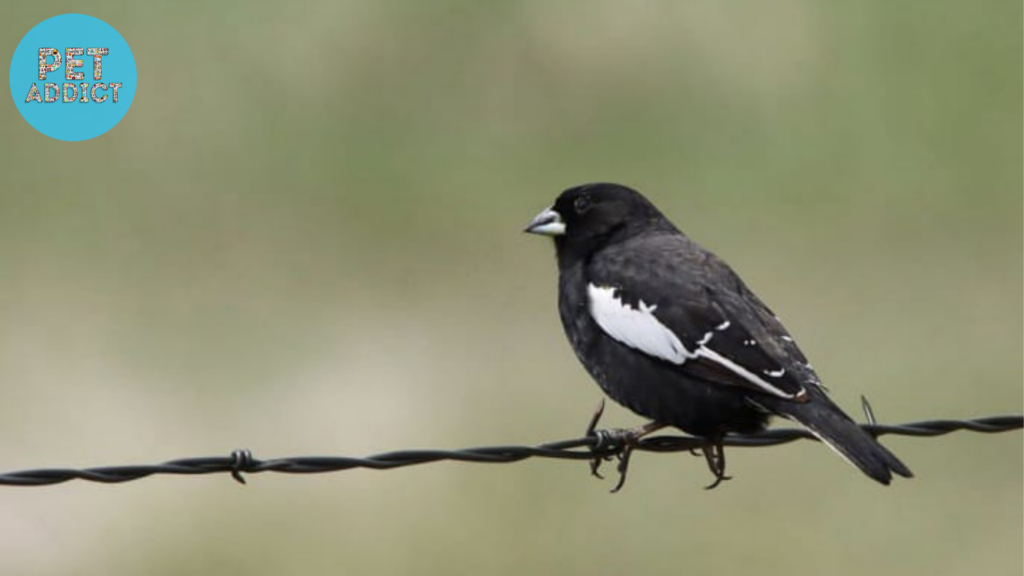
The Lark Bunting, with its distinct appearance and charming behaviors, serves as a testament to the natural beauty that defines Colorado. As they flit through open spaces and add their songs to the chorus of the plains, these birds remind us of the importance of preserving the state’s diverse landscapes. By supporting habitat conservation and nurturing these grassland habitats, Coloradans ensure that the Lark Bunting continues to soar as a symbol of the state’s enduring natural heritage.
FAQs (Frequently Asked Questions)
1. How did the Lark Bunting earn its name? The name “Lark Bunting” originates from its song which is reminiscent of the melodious notes of larks.
2. Why was the Lark Bunting chosen as Colorado’s state bird? Its association with the vast grasslands of Colorado and its melodious songs made the Lark Bunting a fitting symbol of the state’s natural beauty.
3. How can I attract Lark Buntings to my garden? Planting native grasses and providing water sources can help attract these birds to your garden, creating a haven for them.
4. Are Lark Bunting populations in danger of decline? Currently, Lark Bunting populations are relatively stable, although ongoing habitat preservation efforts are crucial to ensuring their continued well-being.
5. Can I contribute to Lark Bunting conservation efforts? Supporting local conservation organizations, participating in habitat restoration projects, and raising awareness about the importance of grassland preservation are meaningful ways to contribute.

